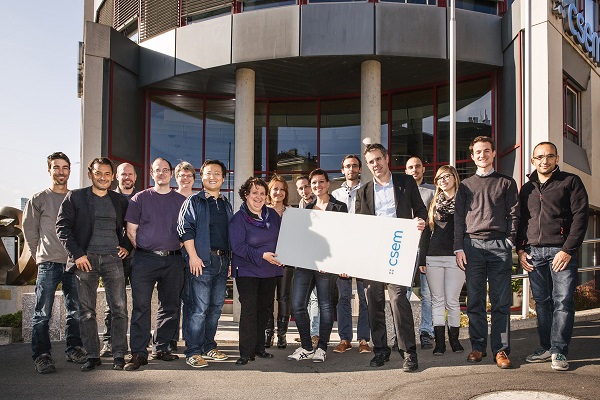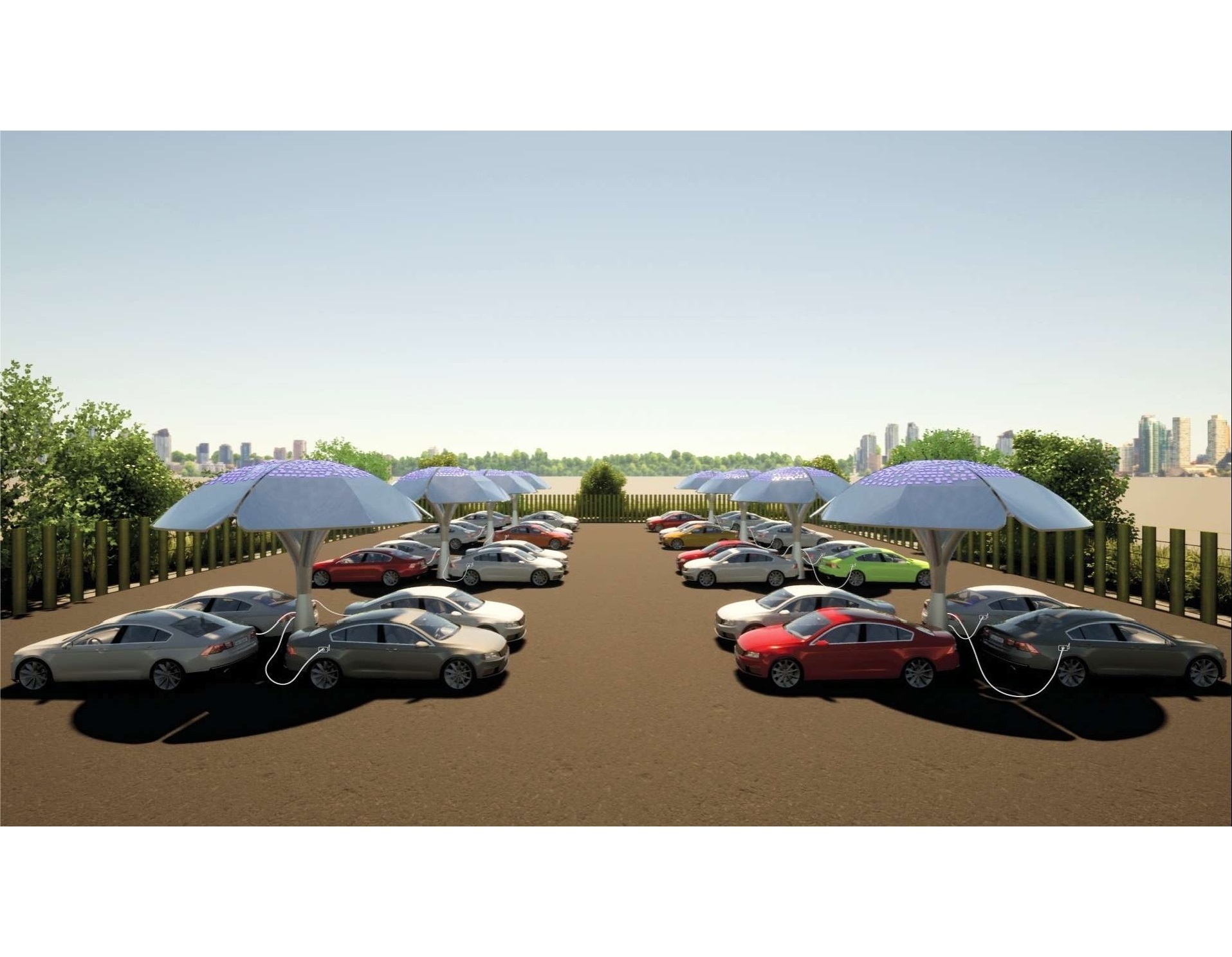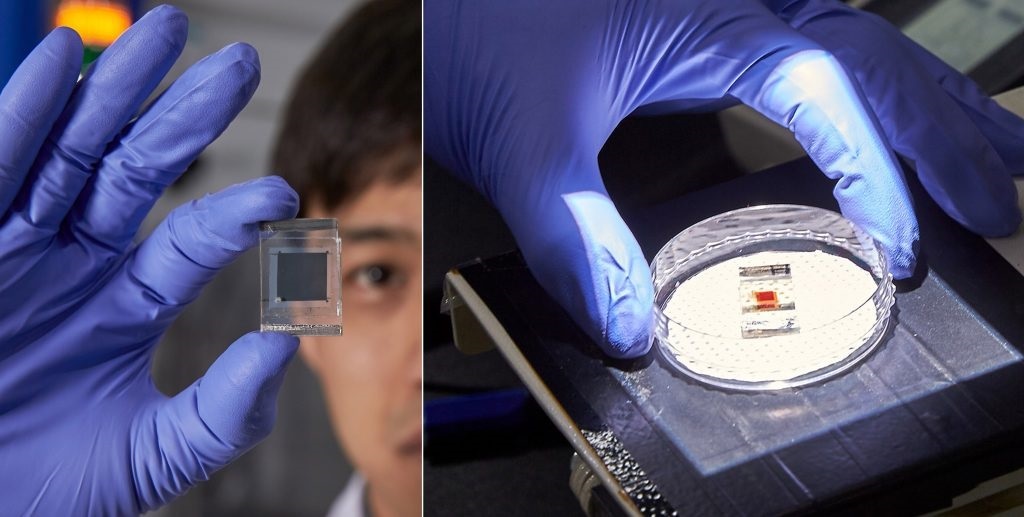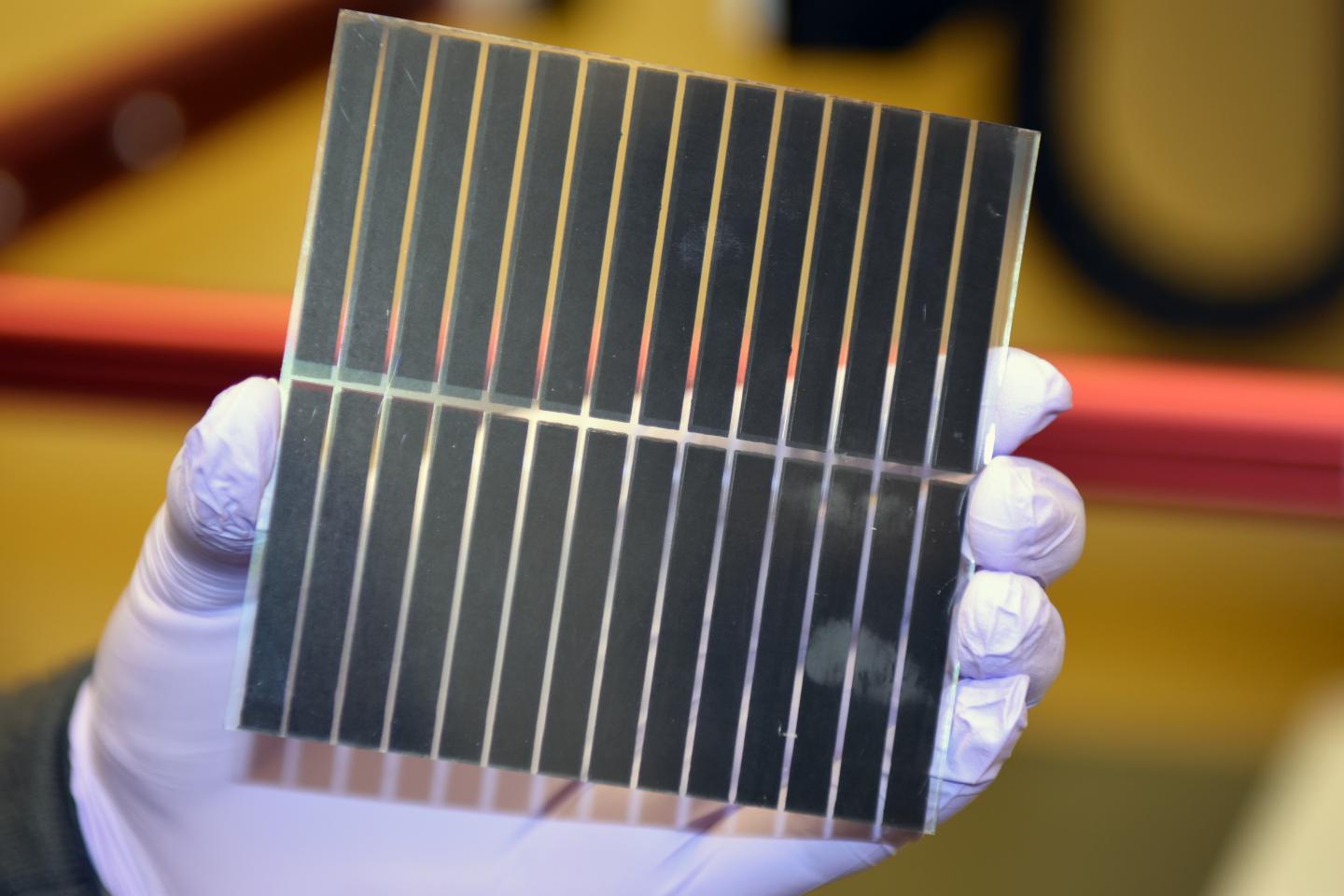Neuchatel/Switzerland, 28 October 2014 — CSEM announces the world’s first white solar mod-ules. This innovative technology is particularly attractive to the building industry where solar elements can blend into a building’s skin and become virtually hidden energy sources. Applica-tions in the consumer goods sector are also expected.
Currently, the market lacks photovoltaic (PV) products specifically designed to be integrated into build-ings. Most PV modules, built to maximize sunlight absorption, appear blue-black. This appearance, caused by the presence of cells and connections, is visually unaesthetic and this complicates the ac-ceptance of PV by built-environment professionals.
For decades architects have been asking for a way to customize the color of solar elements to make them blend into a building’s skin. White is a particularly interesting color as it is widely used for its ele-gance, versatility, and fresh look. Despite of this demand, no one was ever able to realize a truly white solar module; naturally believing that it was impossible as most of the light is reflected, contrary to the requirements of all solar panels.
CSEM has developed a new technology to make white solar modules, with no visible cells and connec-tions, a reality. It combines a solar cell technology able to convert infrared solar light into electricity and a selective scattering filter, which scatters the whole visible spectrum while transmitting infrared light. Any solar technology based on crystalline silicon can now be used to manufacture white — and colored —modules.
The technology can be applied on top of an existing module or integrated into a new module during as-sembly, on flat or curved surfaces. Besides its main application in BIPV, other fields such as consumer electronics (laptops) and the car industry are expected to show significant interest.
White is cool
The fact that a white surface will reach lower temperature under the sun is an additional advantage. The visible light being reflected does not contribute to heat, thus a white solar cell is expected to work at tem-peratures 20-30° lower than standard PV modules. White PV modules can also contribute to increase energy savings in buildings by keeping inner spaces cooler and reducing air conditioning costs. Several US cities have started to paint roofs white for the same reason. In a near future such actions could be replaced by the installation of white solar modules.













